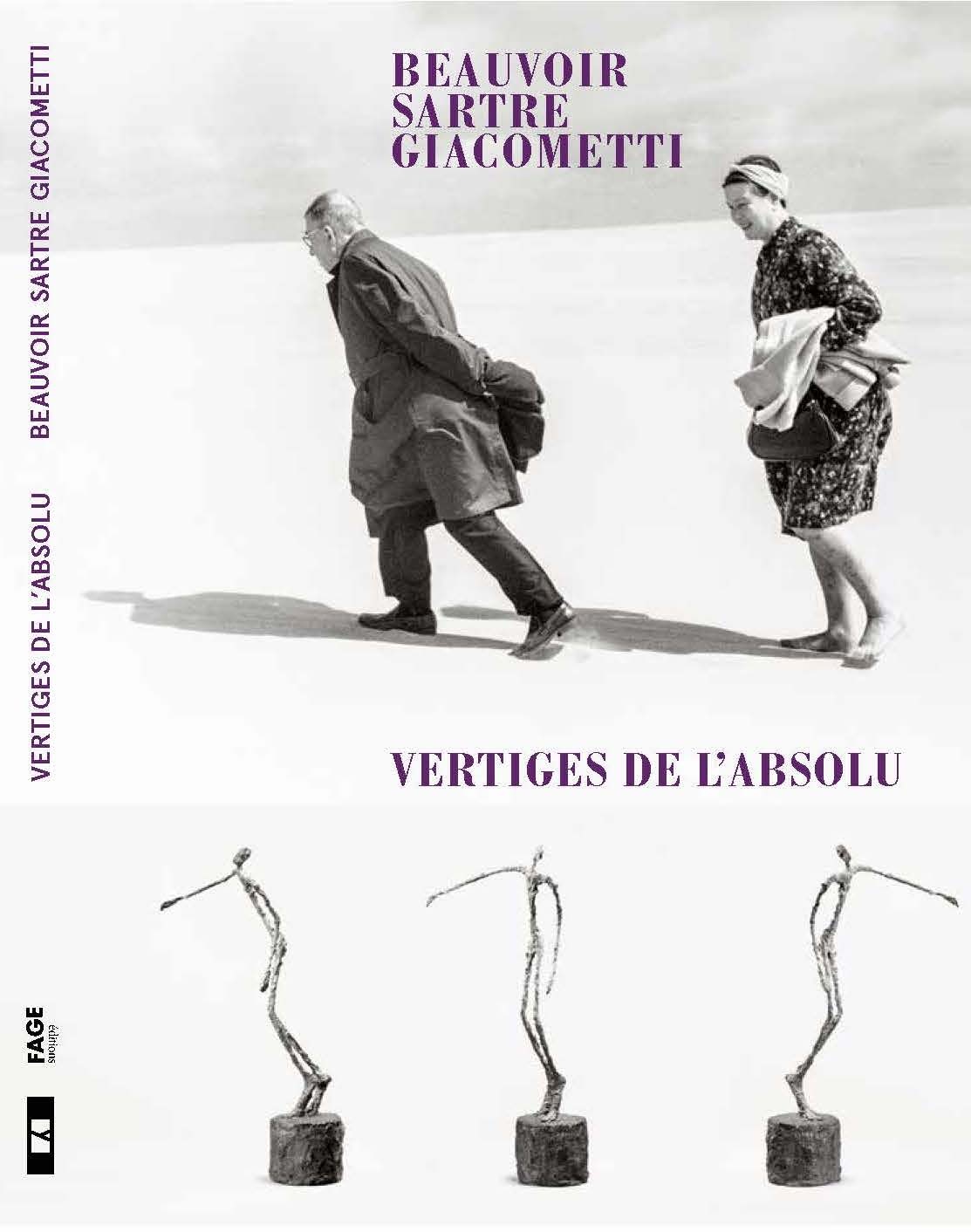The Ecology of Innovation: Understanding Brian Eno’s Concept of Scenius

Can innovation and creativity be designed into places and systems? The idea of scenius suggests it can: innovation flourishes not in isolation but through shared environments, exchanges, and networks. This has profound implications for how we think about ecosystem design and place-making.
The Concept of Scenius – Definition and Origins
The term scenius was introduced and popularized by the English musician and cultural theorist Brian Eno. It is a compound of scene and genius, and describes a phenomenon whereby creativity and innovation are not the product of solitary individuals but of a collective cultural ecology. A scenius is characterized by the concentration of people, resources, and conditions that together generate a distinctive form of collective intelligence and creativity.
This reconceptualization challenges the conventional emphasis on the “lone genius.” Instead, it highlights how cultural and intellectual breakthroughs are often the outcome of interpersonal dynamics, shared practices, and the situatedness of actors within a specific social and geographical context.

Core Characteristics of Scenius
Eno and subsequent commentators identify several recurrent features that define a scenius:
- Primacy of Contribution: Status derives not from formal credentials or reputations but from active participation and the ability to contribute meaningfully to the community.
- Communal Intelligence: Creativity emerges from the networked interactions of many individuals rather than the isolated insight of one.
- Mutual Appreciation: Risk-taking and novelty are positively reinforced, while incremental and subtle contributions are also recognized as valuable.
- Supportive Ecosystem: Members actively exchange knowledge, tools, and techniques, providing a structure that amplifies collective output.
- Accelerated Circulation of Information: Rapid dissemination of insights and practices fosters cumulative innovation.
Historical and Contemporary Examples
Scenius is not bound to a single discipline or epoch but has recurred across different historical and cultural settings. Frequently cited cases include:
- Ancient Greece, where overlapping networks of philosophers, dramatists, and scientists cultivated enduring intellectual traditions.
- Paris in the 1920s, when artists and writers collectively redefined modernism in literature, painting, and performance.
- Goa in the 1960s, which functioned as a hub of countercultural experimentation.
- Silicon Valley, a paradigmatic example of technological scenius, where collaborative competition and open knowledge exchange fueled rapid innovation.
Paris as a Case Study
The Parisian example illustrates the conditions under which a scenius can flourish – not only among artist, but to bring together also intellectuals, scientists and entrepreneurs and institutions across disciplines to think and work together! By the way, the Foundation Giacometti features such a collaboration and cross-border influence between the artist Giacometti, Jean-Paul Sartre and Simone de Beauvoir with its current exhibition.

Concerning Paris, two periods stand out in particular:
- Montmartre in the late 19th and early 20th centuries, where painters such as Picasso and Renoir lived and worked in close proximity, exchanging ideas in studios and cafes.
- Les Années Folles (the Roaring Twenties) on the Left Bank, when writers, musicians, and intellectuals—among them Hemingway and Josephine Baker—gathered in cabarets, bars, and informal salons.
Paris demonstrates several key features of scenius:
- Informal spaces such as cafes and cabarets provided non-hierarchical contexts for exchange.
- Mutual appreciation and risk-taking encouraged experimental forms of art and literature.
- Rapid exchange of ideas and techniques facilitated by shared language and proximity created an accelerated cycle of innovation.
- Tolerance for novelty allowed unconventional ideas to take root rather than being stifled by prevailing norms.
This example highlights how the ecology of place—its spaces, networks, and cultural norms — can directly shape the emergence and sustainability of scenius.

Implications for Ecosystem and Place-Making Design
The concept of scenius has significant implications for the intentional design of ecosystems—whether cultural, scientific, or technological. It suggests that fostering innovation depends less on cultivating individual “stars” and more on creating the conditions that enable collective creativity. Critical factors include:
- Establishing informal, non-hierarchical spaces for interaction and experimentation.
- Ensuring tolerance for novelty and deviance from established norms.
- Promoting network effects of success, whereby individual achievements are shared and celebrated as collective accomplishments.
- Avoiding premature institutionalization, as excessive formalization risks constraining the emergent qualities of a scenius (“the don’t kill it principle”).
Conceptual Significance
Ultimately, scenius can be understood as a lens for analyzing how cultural production, innovation, and knowledge emerge within specific socio-spatial constellations. It foregrounds the relational and ecological dimensions of creativity, shifting emphasis from individual agency to networked, distributed processes. In doing so, it offers both a critique of the genius paradigm and a framework for thinking about how environments conducive to collective creativity might be cultivated in contemporary practice.
What makes Paris in the 1920s, Silicon Valley, or Ancient Athens fertile grounds for innovation? Brian Eno’s concept of scenius offers an answer: collective genius emerges when environments foster exchange, mutual support, and experimentation. For ecosystem design and place-making, it provides a critical framework to understand how breakthroughs take shape. Drawing on our expertise in cultivating collaborative ecosystems, we can help you create spaces where ideas flow, connections thrive, and innovation comes to life — let’s start the conversation: info (at) brandsandplaces.com
